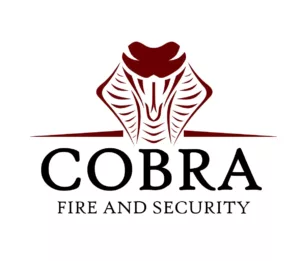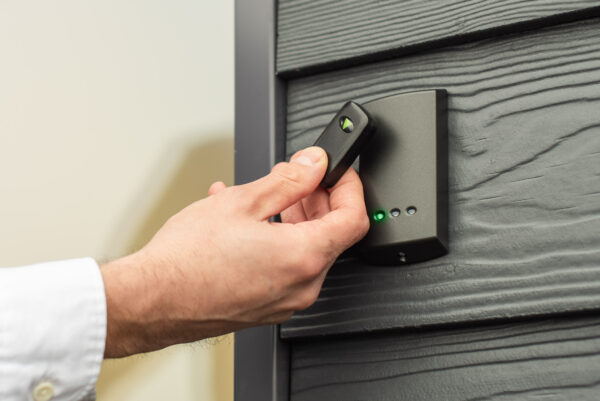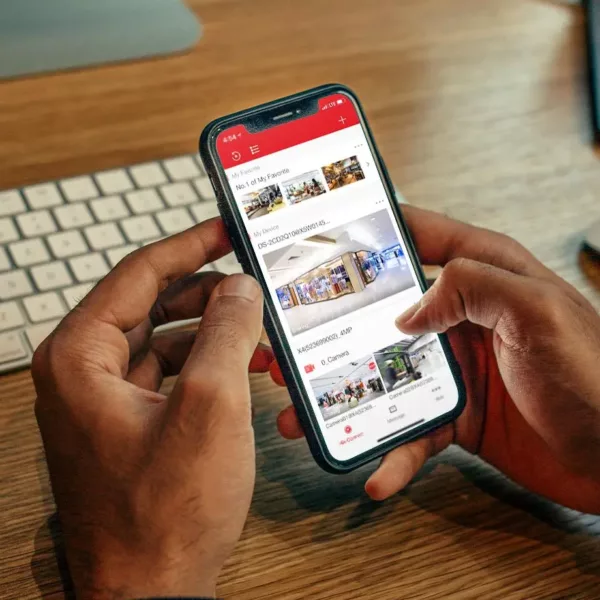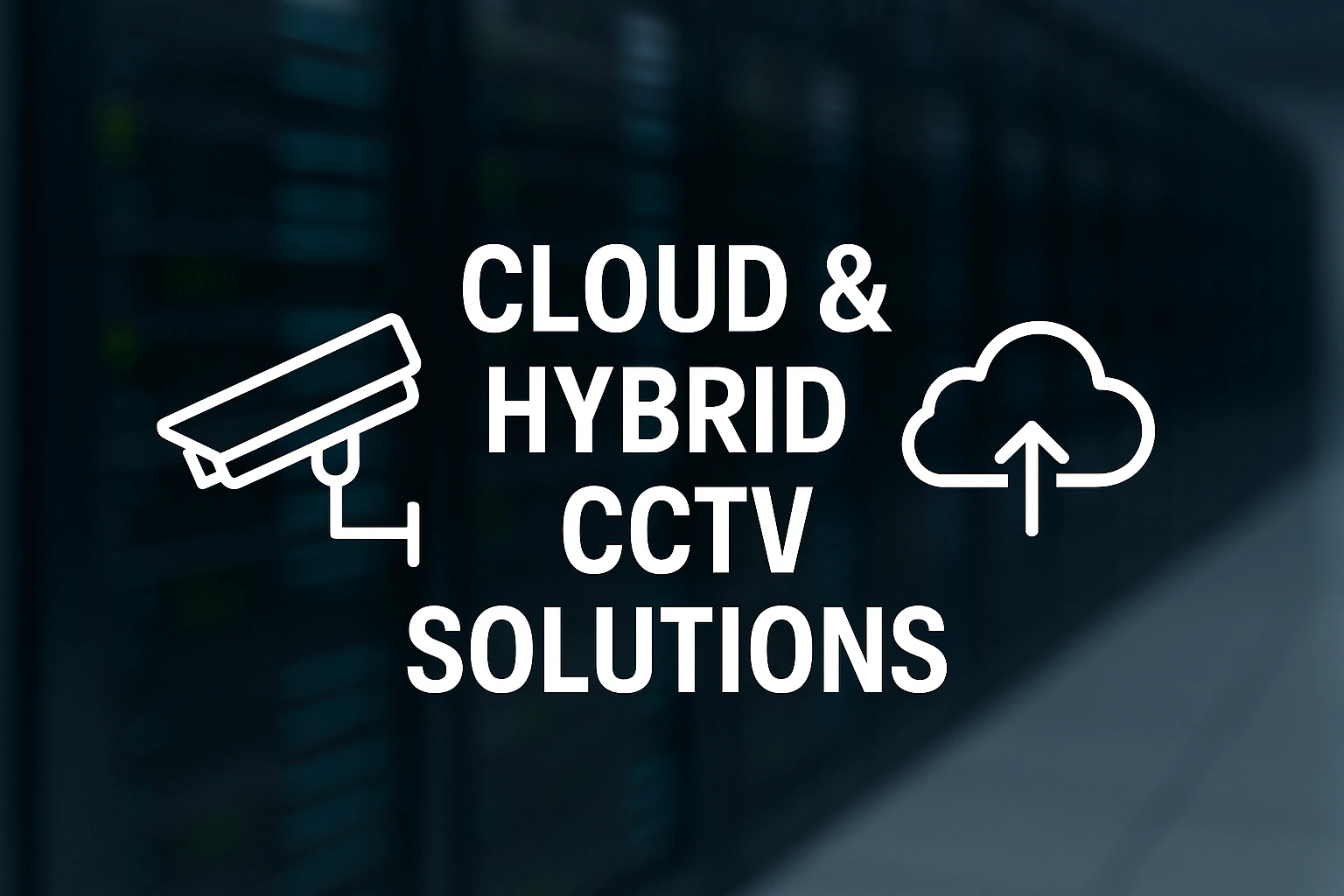
Is your Security Ready for Winter?
Cold weather can take a toll on your security systems. Exposure to rain, snow, and frost can affect the performance of CCTV cameras, access control systems, and other outdoor security equipment. While we can’t control the British weather, we can take steps to protect your security investments and keep your property safe.
Winter Security System Maintenance
Checking Your CCTV and Surveillance Equipment
- Verify the IP Rating: Outdoor cameras should have at least IP66 to withstand harsh weather conditions like sleet and snow.
- Inspect Camera Seals: Ensure all waterproof seals are intact. Condensation inside a camera can turn into frost, damaging internal components.
- Reduce Sun Glare: The lower winter sun can affect visibility. Adjust camera angles to avoid glare and improve image clarity.
- Temperature Tolerance: Check the operating temperature range of your cameras to ensure they function in cold conditions.
- Keep Storage Devices Safe: NVRS, hard drives, and other surveillance components should be stored in temperature-controlled environments.
Protecting Access Control and Perimeter Security
- Clear Snow and Ice: Remove any buildup around access control barriers and keypads to prevent malfunction.
- Check Perimeter Monitoring: Ensure that security beams remain aligned to avoid false alarms.
- Schedule Maintenance: Book a professional security check-up to address potential issues before they arise.
Top Winter Security Tips
Protecting Your Home and Business
- Secure Fencing and Outdoor Storage: Repair any damaged fencing before storms cause further issues. Store ladders and tools securely to prevent break-ins.
- Keep Spare Keys Safe: Don’t leave keys under mats or plant pots. Use a secure combination-lock box or leave them with a trusted neighbour.
- Limit Social Media Sharing: Avoid advertising when you are away by posting about holidays after you return. Opportunistic burglars monitor online activity.
Improving Visibility and Deterrence
- Install Security Lighting: Motion-activated lights or permanently lit areas improve visibility and act as a deterrent. Consider smart floodlights with integrated CCTV, such as the Pyronix Smart Security Flood Light Camera.
- Use Timed Lights: Set lights on timers to give the impression someone is home, adjusting settings for seasonal time changes.
- Upgrade Your Alarm System: A visible intruder alarm with door, window, and motion detectors is highly recommended by local police. Pet-friendly options are also available.
- Ensure CCTV is Visible: Burglars avoid homes with obvious security cameras. Smart systems allow you to monitor remotely via phone, PC, or tablet.
Final Thoughts
By following these winter security tips, you can protect your property, deter intruders, and ensure your security systems continue to function effectively. If you need assistance with CCTV maintenance, intruder alarm maintenance or access control maintenance, get in touch with our team today.
Reviewed: 23/02/2025 Our articles are reviewed regularly. However, any changes made to standards or legislation following the review date will not have been considered. Please note that we provide abridged, easy-to-understand guidance. To make detailed decisions about your fire safety provisions, you might require further advice or need to consult the full standards and legislation.
Share this article
Written by : Michael Winter
Follow us
A quick overview of the topics covered in this article.
Latest articles
January 1, 2026










